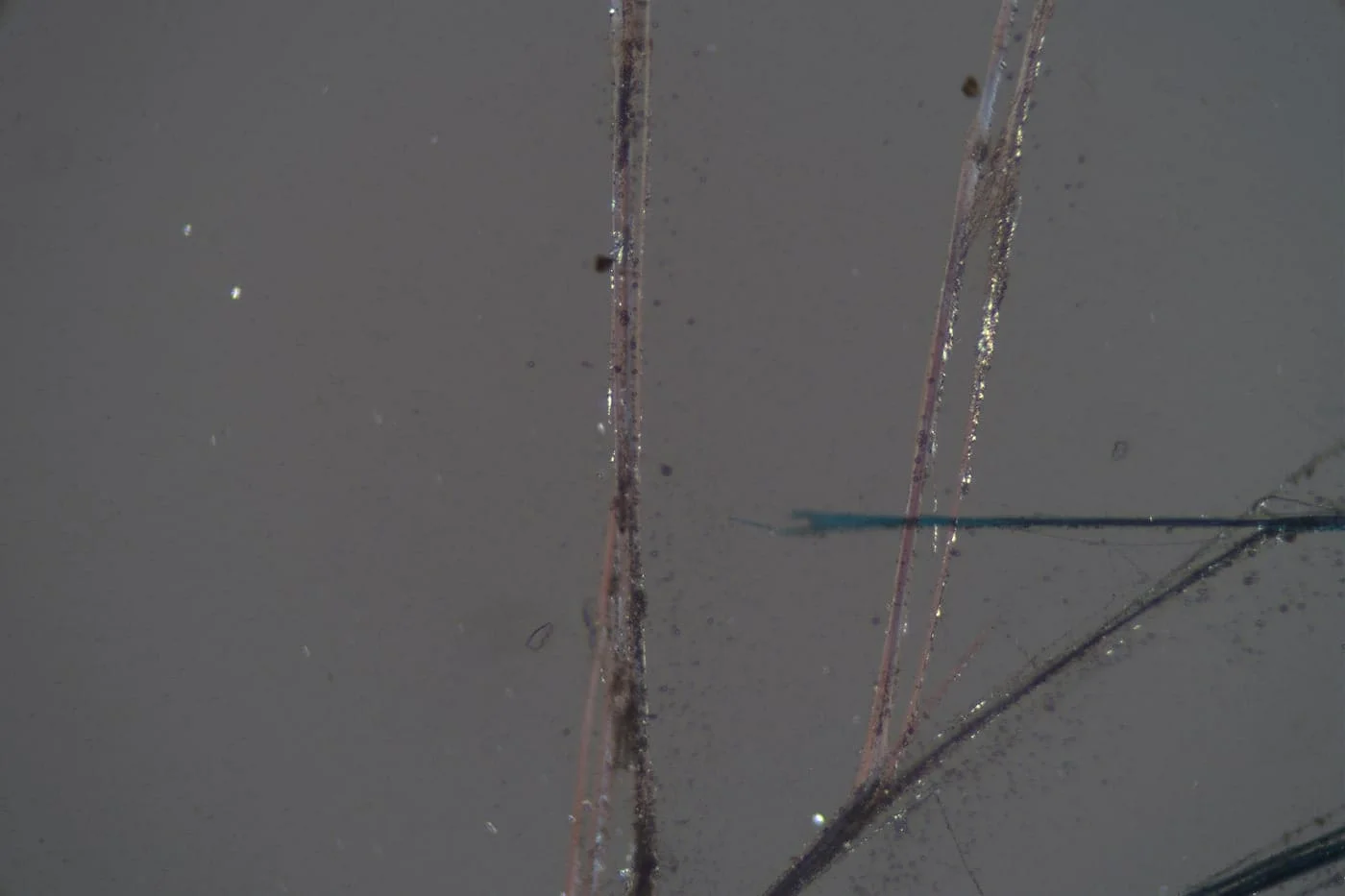The Full Refine of Accredited Asbestos Evaluating to Make Sure Home Conformity
In the realm of residential or commercial property administration and conformity, the process of accredited asbestos screening stands as an important part to ensure the safety and health of occupants. Recognizing the elaborate actions entailed in this screening procedure is critical for homeowner and supervisors alike. From the initial evaluation to the last analysis of outcomes, each phase plays a crucial function in figuring out the existence of asbestos within a property. Let's check out just how this meticulous process unravels to ensure adherence to strict regulations and safeguard against prospective wellness hazards.
Accredited Asbestos Screening: Preliminary Assessment
In performing the preliminary analysis for approved asbestos screening, a thorough examination of the residential or commercial property's products is essential to properly identify possible asbestos-containing materials. Unique interest is offered to products that are susceptible to harm or disruption, as these situations can release unsafe asbestos fibers right into the air.
Certified asbestos assessors adhere to strict protocols set by regulative bodies to make certain the accuracy and dependability of the testing process. By diligently recording searchings for and utilizing innovative testing techniques, assessors can provide homeowner with a comprehensive report outlining the presence of asbestos, if any, and the advised actions for reduction or elimination. This initial evaluation sets the structure for subsequent activities to resolve asbestos problems and ensure the security and conformity of the residential or commercial property.
Sample Collection Treatments for Asbestos Testing
Effective sample collection treatments are important in guaranteeing precise asbestos screening results and compliance with governing standards. When gathering examples for asbestos screening, it is crucial to adhere to rigorous protocols to minimize the risk of contamination and guarantee the reliability of the outcomes.
To start with, it is important to identify the thought asbestos-containing materials (ACMs) and prioritize tasting areas based on aspects such as the product's problem, availability, and capacity for disruption. Asbestos Testing. Samples need to be accumulated from numerous areas within the property to give a thorough analysis of asbestos existence
During example collection, certified professionals should put on suitable personal safety tools (PPE) to safeguard against asbestos direct exposure. They must utilize clean devices, such as disposable gloves and plastic bed linen, to avoid cross-contamination between samples. Samples need to be thoroughly accumulated using a defined technique, such as damp wiping or coring, and firmly secured in impermeable containers to protect their stability during transport to the lab for evaluation.
Lab Evaluation Process for Asbestos Samples
Upon completion of the sample collection procedure, the asbestos examples are meticulously transferred to certified laboratories for precise evaluation. The very first step in the laboratory evaluation process is sample prep work, where the accumulated examples are thoroughly refined to remove the asbestos fibers.

When the analysis is complete, a thorough report is produced, detailing the searchings for and verifying whether asbestos exists, the type of asbestos fibers identified, and the concentration levels. This details is important for homeowner to take the required steps to ensure conformity with asbestos guidelines and secure the health of owners.

Reporting and Interpretation of Asbestos Test Outcomes
Certified asbestos testing research laboratories supply comprehensive reports that provide vital insights right into the existence, kind, and concentration degrees of asbestos fibers found in examples collected from residential or commercial properties. These reports are necessary for property proprietors and managers to comprehend the risk positioned by asbestos and make informed choices regarding its administration or removal. The reports typically include details on the approaches utilized for testing, the locations where samples were taken, the sort of asbestos recognized (such as chrysotile, amosite, or crocidolite), and the focus degrees of he has a good point asbestos fibers spotted.
Interpreting these outcomes calls for know-how to assess the possible health and wellness risks connected with asbestos direct exposure, figure out the proper course of activity, and make sure regulative compliance (Asbestos Testing). Depending on the findings, suggestions might vary from continued tracking and maintenance to encapsulation or full asbestos abatement. Residential or commercial property proprietors should meticulously evaluate these records and speak with asbestos professionals to establish a detailed strategy for dealing with any type of asbestos problems identified
Ensuring Building Compliance With Asbestos Laws
To maintain adherence with asbestos guidelines, homeowner must faithfully apply actions to ensure conformity with appropriate laws and guidelines. This includes performing regular asbestos assessments by certified specialists click to find out more to identify any type of visibility of asbestos-containing materials within the residential property. When asbestos is recognized, residential property proprietors should follow asbestos administration intends that outline appropriate control, elimination, or encapsulation treatments to stop exposure and spread of asbestos fibers. Conformity also involves maintaining thorough documents of asbestos testing, upkeep, and elimination tasks for inspection functions.
Homeowner need to offer asbestos recognition training to staff members and owners to decrease the danger of asbestos direct exposure and guarantee correct handling of materials that may contain asbestos. In addition, it is critical to remain educated regarding any updates or modifications in asbestos laws to readjust administration methods accordingly. By proactively resolving asbestos conformity needs, home proprietors can produce a safe environment for owners and mitigate possible lawful and health risks related to asbestos direct exposure.
Verdict
In conclusion, recognized asbestos screening is an essential process for ensuring property compliance with regulations. The first assessment, sample collection treatments, lab analysis, and analysis of outcomes are all vital actions in this process. By following these procedures, homeowner can recognize and deal with any kind of asbestos risks present, safeguarding the health and wellness of owners and maintaining conformity with regulative demands.